Have you ever had a hard time achieving proper depth in a squat? Experienced poor shoulder mobility? Or simply have tight hamstrings? This can be caused from an improper or insufficient warm-up!
IMPROPER vs. Proper Stretching/Warm-up
Let’s say today is a heavy-ass leg day, think about what you do to warm-up for squats. Do you drink a pre-workout shake, walk over to the squat rack and start squatting or do you walk on a treadmill to “raise your heart rate and warm up your legs.”
Guess what? Both aren’t sufficient enough for a proper warm-up that’ll prepare your joints, muscles, and range-of-motion to perform a heavy squat movement. You may feel okay doing this, but not being able to warm up your hip flexors or hamstrings properly can put you at risk for injury as well as decrease your performance for whatever exercise you’re doing.
That being said, I’m going to give you examples and explanations of proper warm-up methods and techniques to optimize your performance and prevent injury.
Methods
Dynamic Stretching, unlike static stretching, doesn’t stretch the muscle or force the muscle into an uncomfortable position. Its utilization isn’t primarily to increase flexibility, rather, prepare the muscle for the task at hand by taking the muscle and joints they control through the full range of motion of the movement or exercise.
For example, for our squat exercise, whether it’s a front or back squat, to get proper depth your knees, hips, and ankles all experience flexion and extension. Thus, what we need to focus on for a squat is taking your body through full flexion and extension of their range of motion.
Examples: Leg Kicks for hip flexion and extension, Arm circles for internal/external rotation of the shoulder joint, Ham-kicks/High-knees for knee flexion, hip flexion/extension as well as stretching and contracting of the hamstring, gluteal, and quadriceps muscles.
Mobility Exercises/training is the dynamic and static movement and drills to take your joints and muscles through full range of motion. The difference between this and dynamic stretching itself is that dynamic stretching is to prepare the muscles and joints for the task at hand. Mobility training; however, has the longer-term benefit of increasing range-of-motion (ROM) to allow you to improve your performance for the future as well as decrease your risk of injury.
One thing to note, in mobility training you want to focus on the movement not the specific muscle. Find out what prevents or inhibits your mobility or inability to maintain proper technique.
Tilting forward during a back squat – Possible hip flexor tightness, weak lower back/posterior chain, tight hamstrings. If your problem is having a torso that dumps forward, then any number of these problems could affect your performance in a squat. Mobility training takes the movement, breaks it down and you as an athlete goes through exercises to fix those imbalances to improve your performance and reduce your risk of injury.
Example drills: For tilting forward on a squat – Deep forward lunge and focusing on flexing your back gluteal muscle forward, if you feel a strong stretch in that legs hip then you have a tight hip flexors. Likewise, if you cannot touch your toes while maintaining a rigid/flat back and stiff legs then you have tight hamstrings. Etc. Try to find your body’s ailments and alleviate them with a healthy prescription of 15-30 minutes of mobility focused training.
Myofascial Release better known as “rolling the shit out of your legs” or foam rolling has been popularized in the past year in gyms and fitness centers. If you haven’t noticed, now there are foam rollers or foam cylinders in your gym. Which is one of many devices to utilize myofascial release, which I’ll give some examples later.
Myofascial release is a form of soft-tissue therapy, also utilized in massage therapy to treat somatic dysfunction. It is done by relaxing contracted muscles and using palpatory feedback (foam rolling) to release myofascial tissue (muscle fascia). This increases circulation and lymphatic drainage and what we’re more concerned about, it stimulates the stretch-reflex of the muscle.
By simply laying any limb or specific “tight” muscle onto the foam roller, using your body weight as pressure to induce the palpatory effect and by relaxing the muscles in contact with the foam roller you’re able to release the tight myofascial tissue of the specific area. (i.e. tight IT band, quadriceps, a “knotted” back, etc.) This form of therapy which is prescribed by many physical therapists and being founded in the practice of osteopathy has been shown to increase performance sport-wise and decrease risk of injury.
It is important to note there are two types of myofascial release, direct and indirect. Direct myofascial release is deep-tissue work on the fascia of the muscle and indirect being lighter pressure onto the muscle and stretching it at the same time. Both serve a purpose and can both be used to the same benefit; however, individuals require both methods to work different areas of the body.
Types of devices
Lacrosse ball – great for hard to reach areas, specifically on your back or Gluteal muscles that need more specific or localized pressure.
Foam Roller – good for overall myofascial release and have many different densities. I.e. the “rumble-roller” has notches and bumps on it as well as having a very dense substance to allow for a deeper-tissue work.
PVC Pipe – cheap and effective, for those that cannot afford a rumble-roller and need deeper pressure than a standard foam roller.
Tennis ball – cheap, but not as effective as a lacrosse ball as it sinks into itself, but useful for “indirect myofascial release”
Recommendations/Advice
Utilize all methods of warming up to optimize your performance! Take the time to do each of these things before and after exercising, your body will love you for it and you’ll notice a significant improvement in your lifts, exercises, and overall wellbeing.
Rx
10-minutes of foam rolling
10-minutes of dynamic stretching
5-minutes of mobility work
5-minutes of warming up to your working-set/weight
That is 30-minutes, 30-minutes that you can do at home or at the gym right after you take your pre-workout, so you don’t sit down chatting with your buddies wasting your time waiting for your stimulants to “kick-in” and if you’re not taking pre-workout, then give yourself 30-minutes to do these warm-ups to simply improve your performance and abilities. You’ll squat deeper, you’ll be more explosive, and you’ll experience fewer injuries.


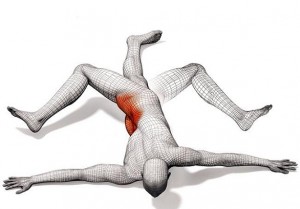
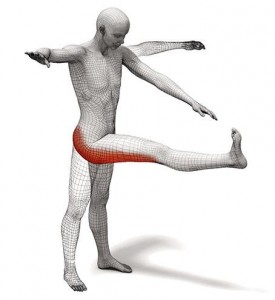
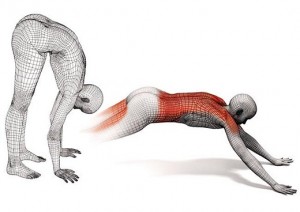

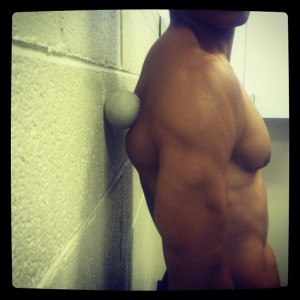
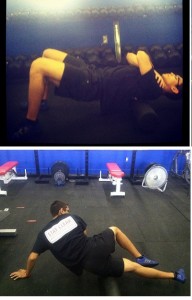

2 comments
good one..
thnks